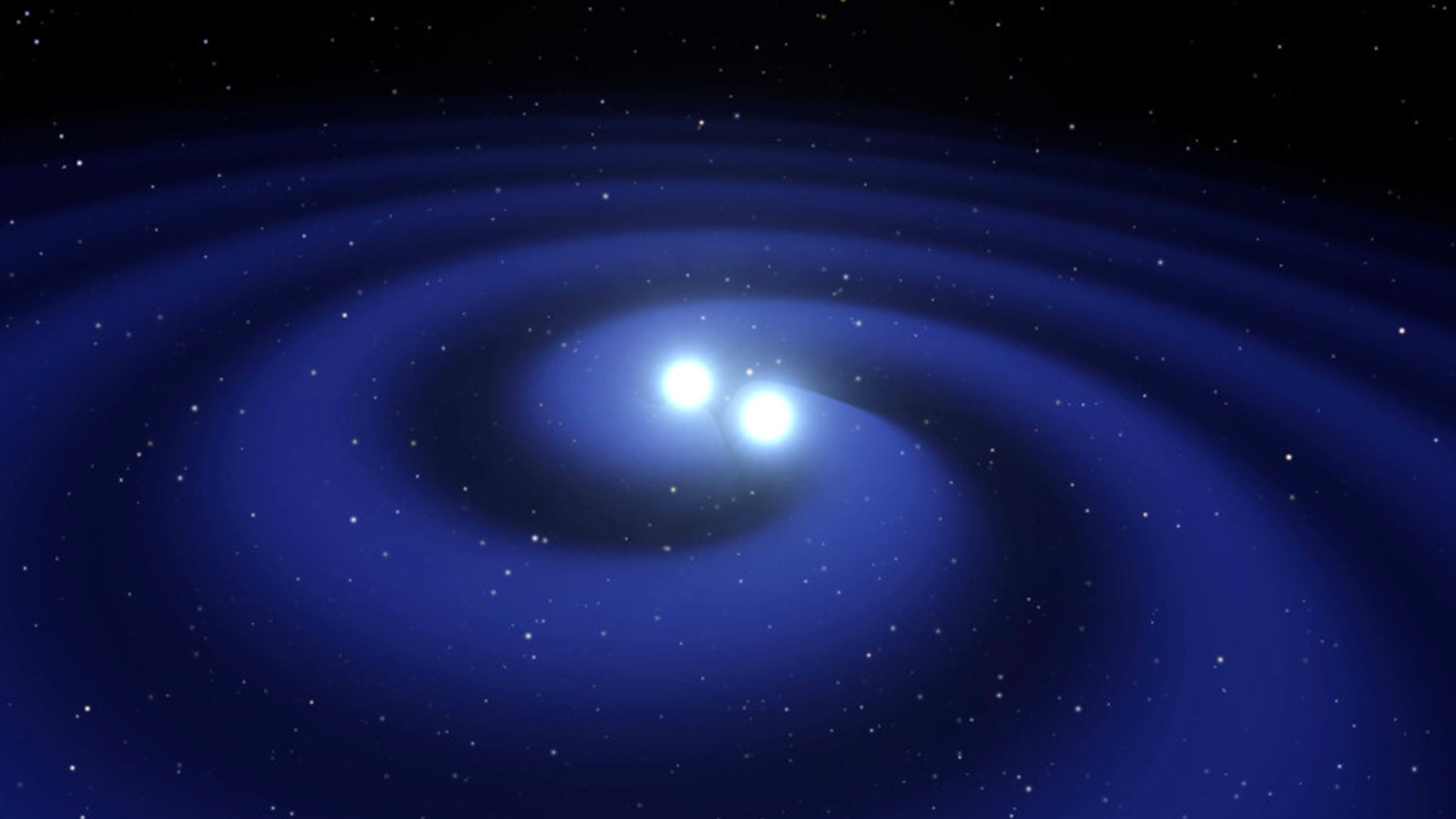Innovative numerical methods for precise simulation of astrophysical phenomena
Date:
Changed on 31/01/2024

The development of advanced numerical methods is a field of research that aims to solve complex problems while preserving the structure of the continuous physical models considered at the discrete level. These methods need to be mathematically proven and offer superior resolution and reliability to traditional simulations, particularly for complex equations.
In this context, Elena Gaburro is developing new numerical methods for solving all types of hyperbolic partial differential equations. These correspond to a class of mathematical formulas that model a wide variety of physical phenomena, from the flow of water in the oceans to the movement of gases in the atmosphere, not forgetting the description of energy fields or phase changes. "The aim of the ALcHyMiA project," explains the young scientist, "is to be able to solve equations - still hyperbolic, but really complex and new - that describe all these phenomena with a single unified model."
In order to design truly powerful new numerical methods, Elena Gaburro will draw inspiration from the difficulties involved in simulating Einstein's field equation (the main mathematical formula underlying the theory of general relativity), which describes how matter modifies the geometry of space-time and vice versa. "There's a new way of writing Einstein's equation in this hyperbolic formulation: thanks to it, we can describe the evolution of matter and the metrics of space-time in the same way!" points out Elena Gaburro.
Being able to treat the geometry of space-time and matter in a unified and simultaneous way is a major step forward. "It paves the way for new advances in numerous applications, such as astrophysics", adds the researcher.
One of ALcHyMiA's objectives is to study gravitational waves. Gravitational waves are oscillations in the curvature of space-time produced by the most violent phenomena in the cosmos, such as the explosion of a star or the merging of black holes. For this, it is necessary to take into account the coupled evolution of matter and space-time. However, these unstable processes can present complex characteristics involving a huge disparity of spatio-temporal scales and many different computational difficulties to manage simultaneously.
"With ALcHyMiA and the new methods I'm developing, we'll be able to simulate the desired astrophysical phenomenon, such as the collision between neutron stars, but also extract information about the gravitational waves generated", adds Elena Gaburro.
To tackle these challenges, scientists use a particular family of high-order numerical methods known as discontinuous Galerkin schemes. Nevertheless, in this already quite precise framework, the use of very high orders or fine meshes alone is not enough. It is necessary to incorporate innovative structure-preserving techniques, capable not only of accurately solving partial differential equations, but also of guaranteeing the exact preservation, even at the discrete level, of the geometric and physical invariants characterizing the models under study.
For Elena Gaburro, the starting point for this work will be the use of Lagrangian methods. These make it possible to guarantee some of the geometric characteristics of the models studied, and to preserve them by moving the mesh with the fluid. However, despite these advantages, there are as yet no truly robust, high-order Lagrangian schemes for complex flows. "In the context of astrophysics, for example, the mesh has to move with the fluid for very long times, and if the fluid rotates, as in the Keplerian disks of black holes, the mesh risks being destroyed rapidly, which greatly reduces the quality of our simulations, making them totally unusable."
This is where the main stage of this project lies. The key idea of this approach is to extend the space-time connection and integration.
With the ALcHyMiA project, the winner of the "ERC Starting Grant" will be able to continue her research into these issues and move from 2D to 3D. "If I had to sum up my project, I'd say that my job will be to create a new family of numerical methods that has all the characteristics of preserving the structures of the equations studied, whether geometric or physical, for solving hyperbolic equations, with the main application being the 3D simulation of new complex models for astrophysics", concludes Elena Gaburro.
With this work, the researcher will achieve unprecedented resolution and reliability in the modelling of astrophysical phenomena. Thanks to their demonstrable mathematical properties, her methods will make it possible to study extremely difficult astrophysical events with even greater precision. This will open up new perspectives for understanding and exploring our Universe.